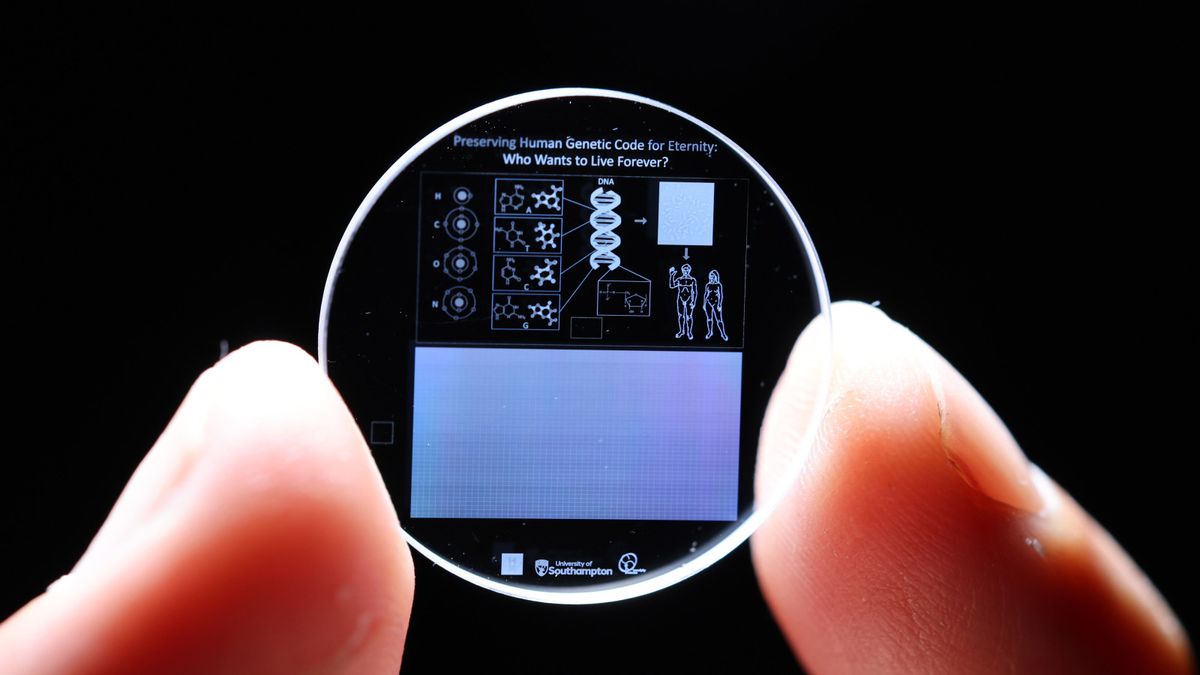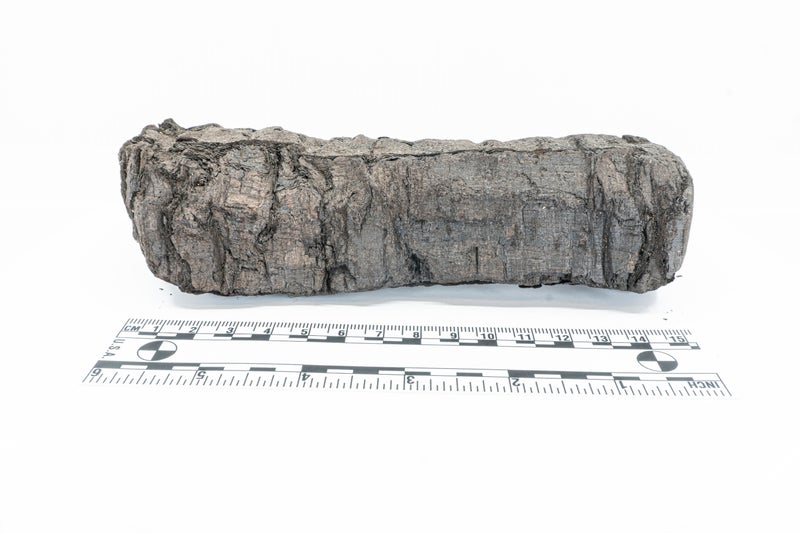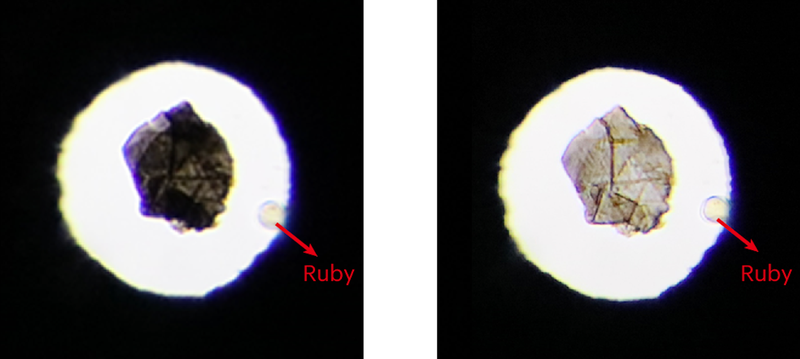Specialized skills and advanced equipment are needed for data inscription and retrieval. When you purchase through links on our site, we may earn an affiliate commission. Here’s how it works. In 2016, progress was made in data storage development as scientists at the University of Southampton successfully developed a 5D memory crystal capable of storing up to 360 terabytes (TB) of data, with a shelf life of nearly 14 billion years.
![[Efosa Udinmwen]](https://vanilla.futurecdn.net/cyclingnews/media/img/missing-image.svg)
Unlike conventional data storage formats that degrade over time, the technology, dubbed "Superman memory crystal," holds immense potential for long-term data preservation, opening new avenues in scientific, environmental, and historical archiving. The 5D memory crystal developed by the University of Southampton's Optoelectronics Research Centre (ORC) is a unique data storage medium that uses five dimensions to encode information.
![[A hacker typing on a MacBook laptop with code on the screen.]](https://vanilla.futurecdn.net/cyclingnews/media/img/missing-image.svg)
The term "5D" refers to the two optical dimensions and three spatial coordinates that are inscribed into the crystal. With ultra-fast lasers, the team writes data into nanostructured voids within the silica material, creating a highly durable and stable form of memory storage.
![[Fraude en ligne phishing]](https://vanilla.futurecdn.net/cyclingnews/media/img/missing-image.svg)
A human genome is the complete set of genetic instructions for a human being, encoded in DNA. It consists of approximately 3 billion base pairs organized into 23 pairs of chromosomes located in the nucleus of each cell. Although it is currently not possible to synthetically recreate humans, plants, or animals from genetic data, there has been some progress in synthetic biology. Thus, the preservation of genomes using 5D memory crystals could one day play a critical role in reviving extinct species (such as us) in the distant future.
![[Leo Woodard and Quintessa Swindell stare at a computer screen]](https://vanilla.futurecdn.net/cyclingnews/media/img/missing-image.svg)






























